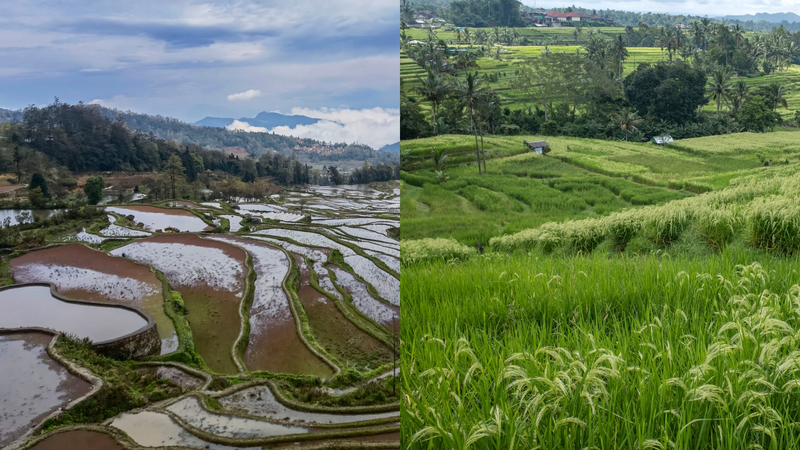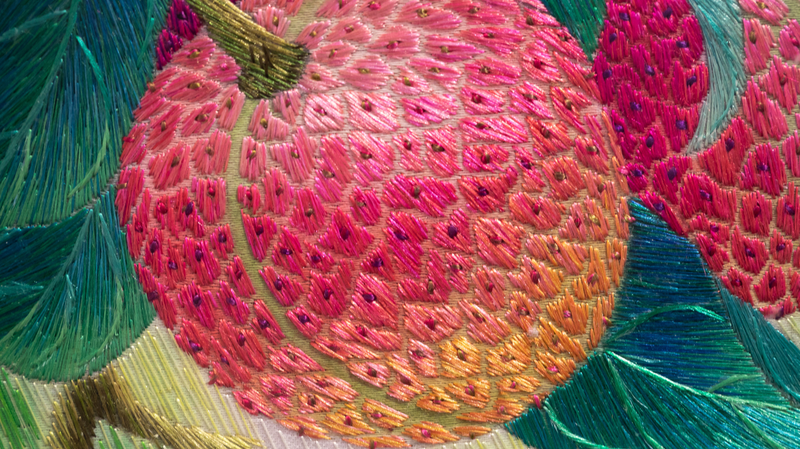The interplay of water and stone is drawing travelers to two of the world’s most iconic irrigation landscapes: the Honghe Hani Rice Terraces in the Chinese mainland and the Bali Subak System in Indonesia. These age-old waterworks not only sustain vibrant agricultural communities but also offer immersive experiences for adventure-hungry visitors.
Carved into the misty slopes of Yunnan, the Honghe Hani Rice Terraces span thousands of rice paddies sculpted by the Hani people over 1,300 years. Ingenious channels divert mountain springs across terraced fields, creating a living mosaic of gleaming water at sunrise. Beyond its striking visuals, this landscape supports multi-generational farming practices, with local guides inviting tourists to try planting rice alongside villagers.
On the island of Bali, the Subak System reflects a centuries-old philosophy of harmony between humans, nature, and the divine. This cooperative network of canals and weirs ensures fair water distribution across rice fields, underpinning both local food security and the lush emerald terraces that have become a symbol of Balinese culture. Visitors can explore Subak routes on foot or by bicycle, stopping at family-run warungs for authentic cuisine.
Both sites have earned UNESCO world heritage status, shining a global spotlight on sustainable agriculture and cultural resilience. As travelers seek deeper connections with the places they visit, the Honghe terraces and Bali’s Subak offer stories of community stewardship, ecological balance, and the power of traditional knowledge to shape landscapes.
Whether you’re a digital nomad chasing off-grid adventures or a young professional exploring sustainable tourism, these living landscapes promise inspiration and insight. Pack your camera, lace up your boots, and prepare to witness the ancient art of irrigation in action—where every channel tells a story of ingenuity, identity, and lasting legacy.
Reference(s):
Traditional irrigation landscapes draw visitors in China and Indonesia
cgtn.com



